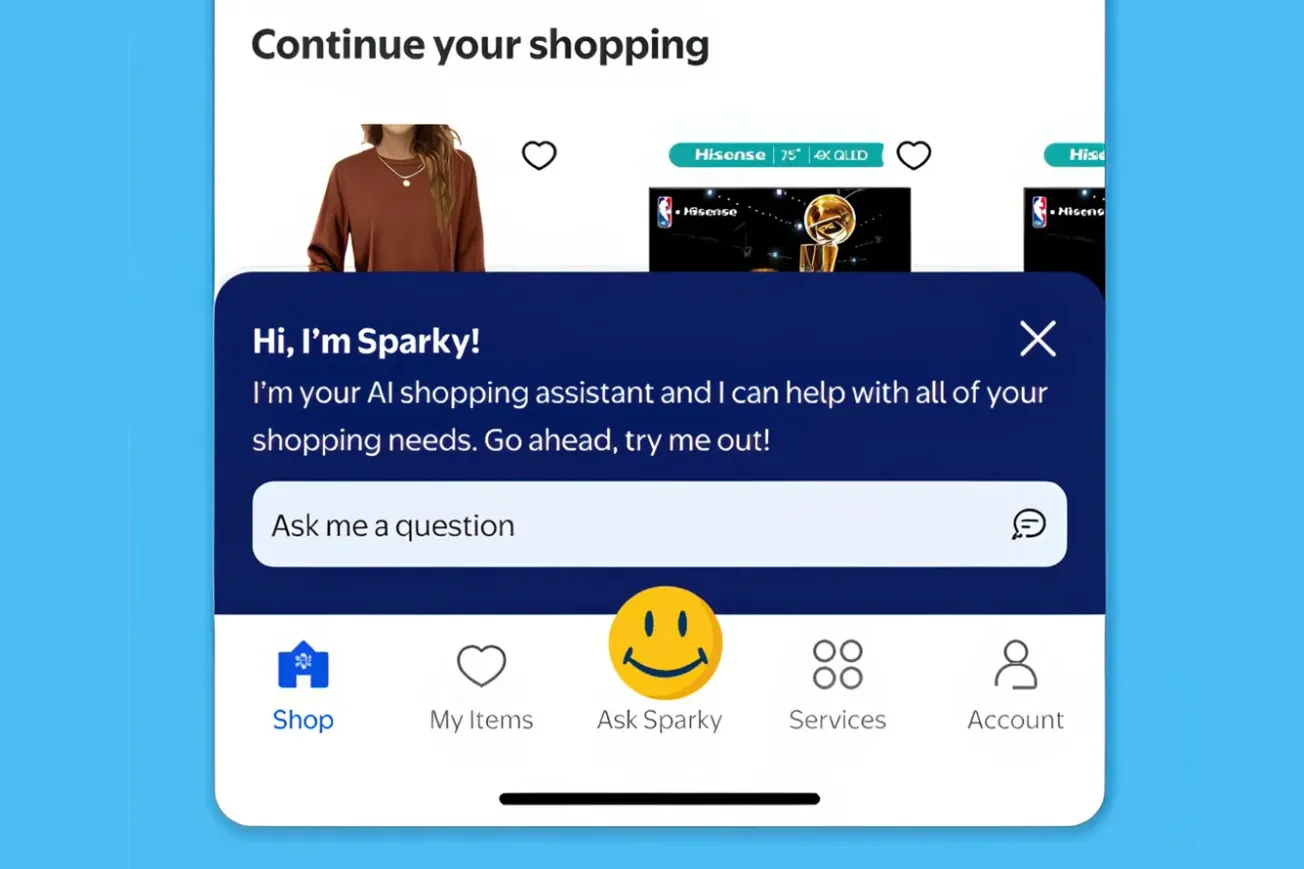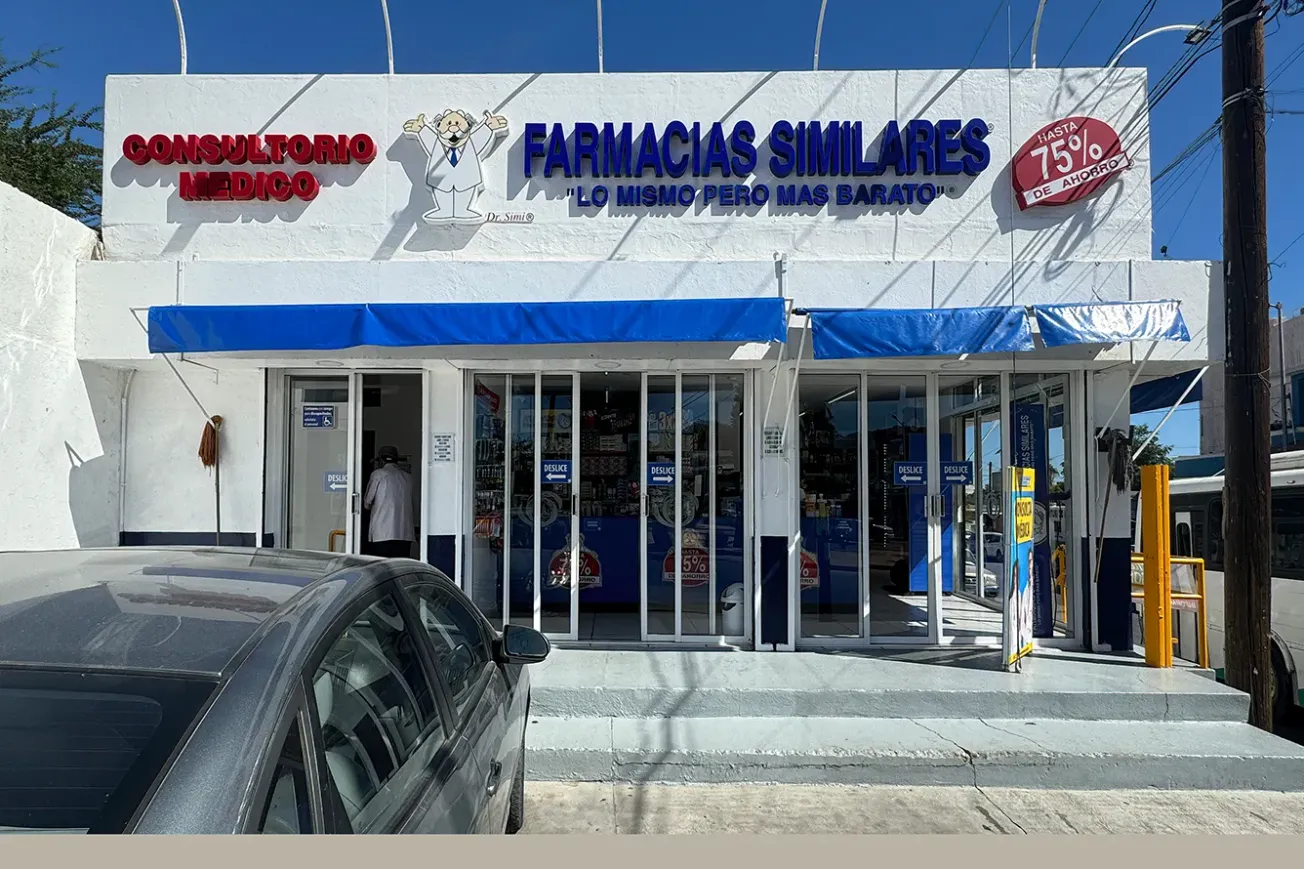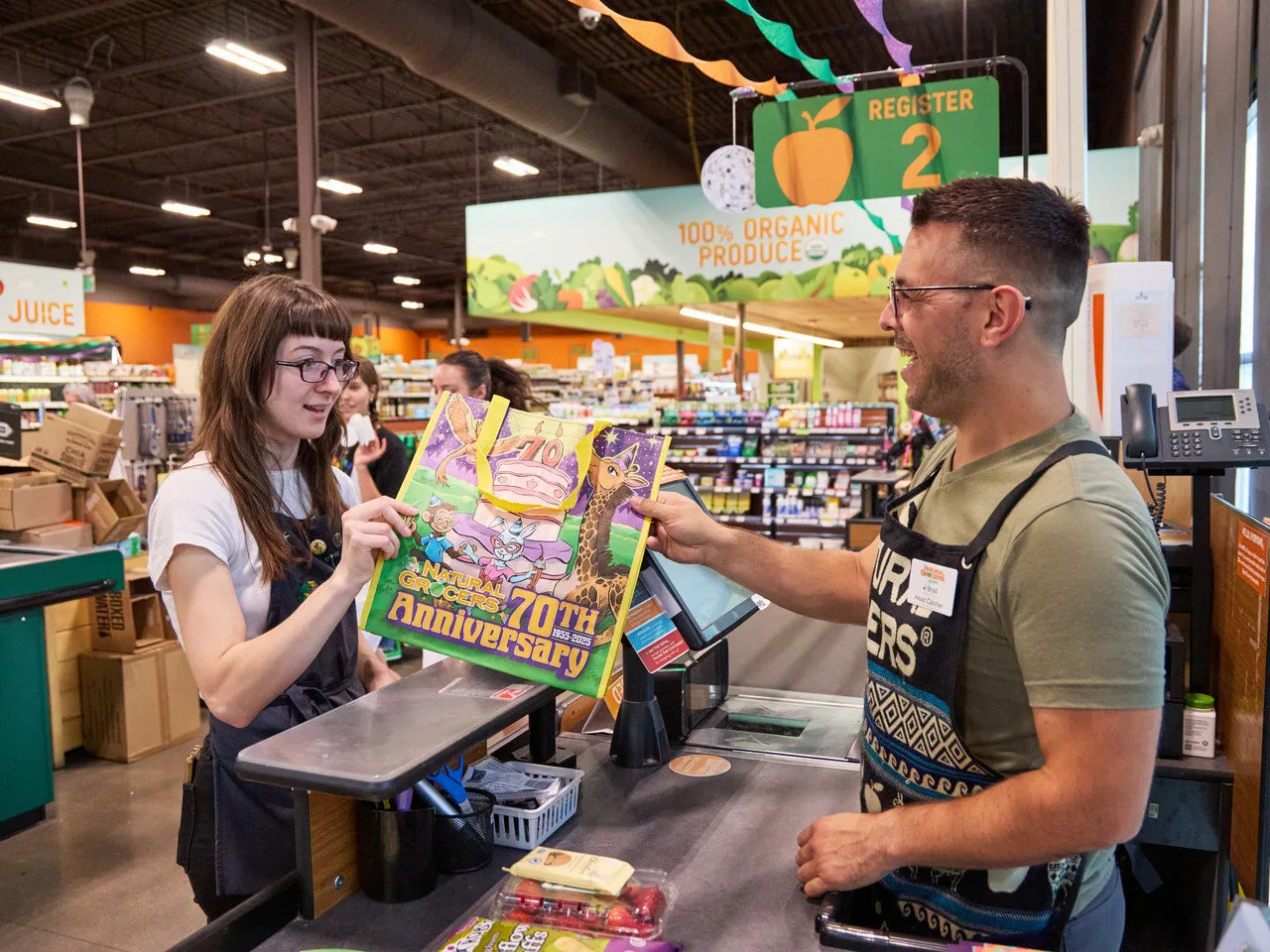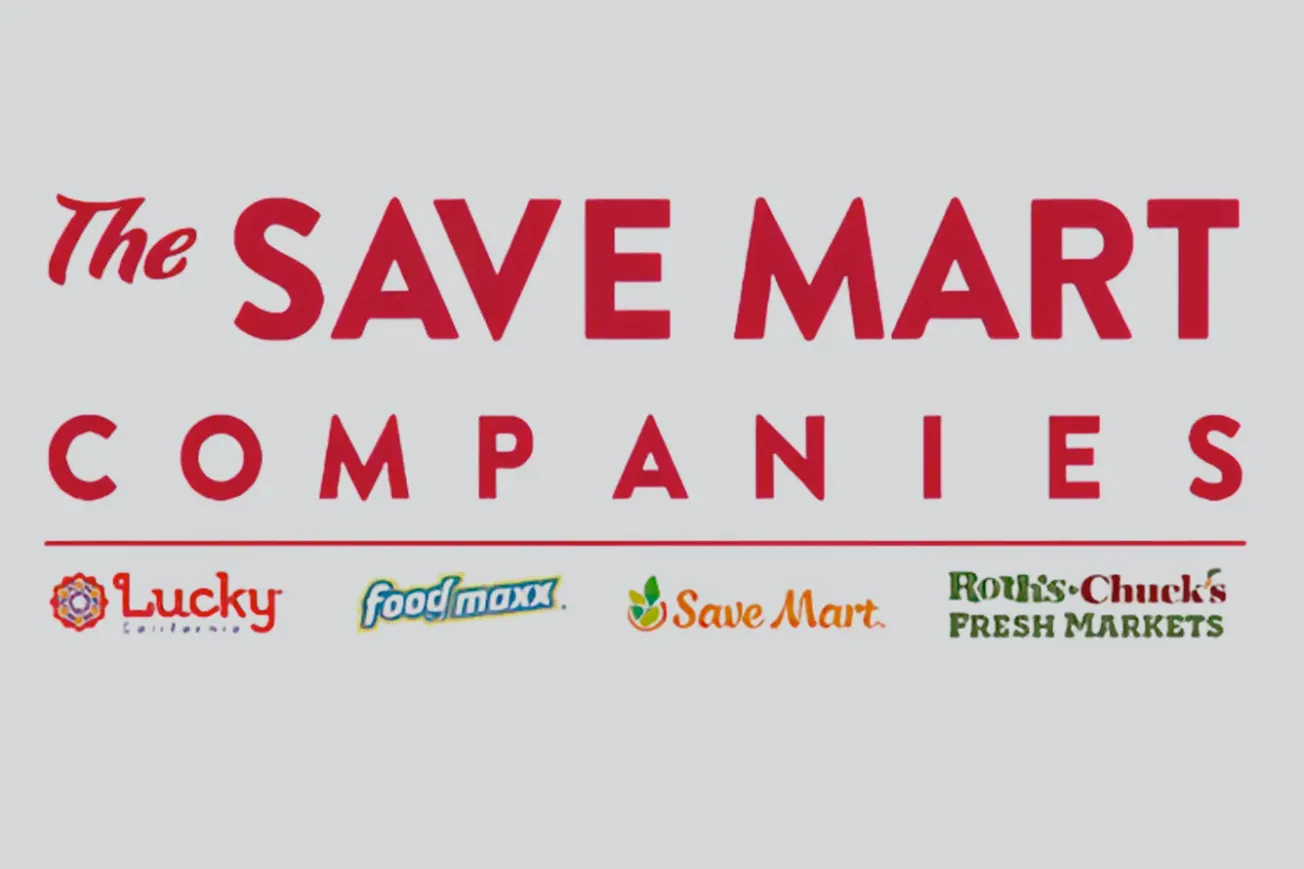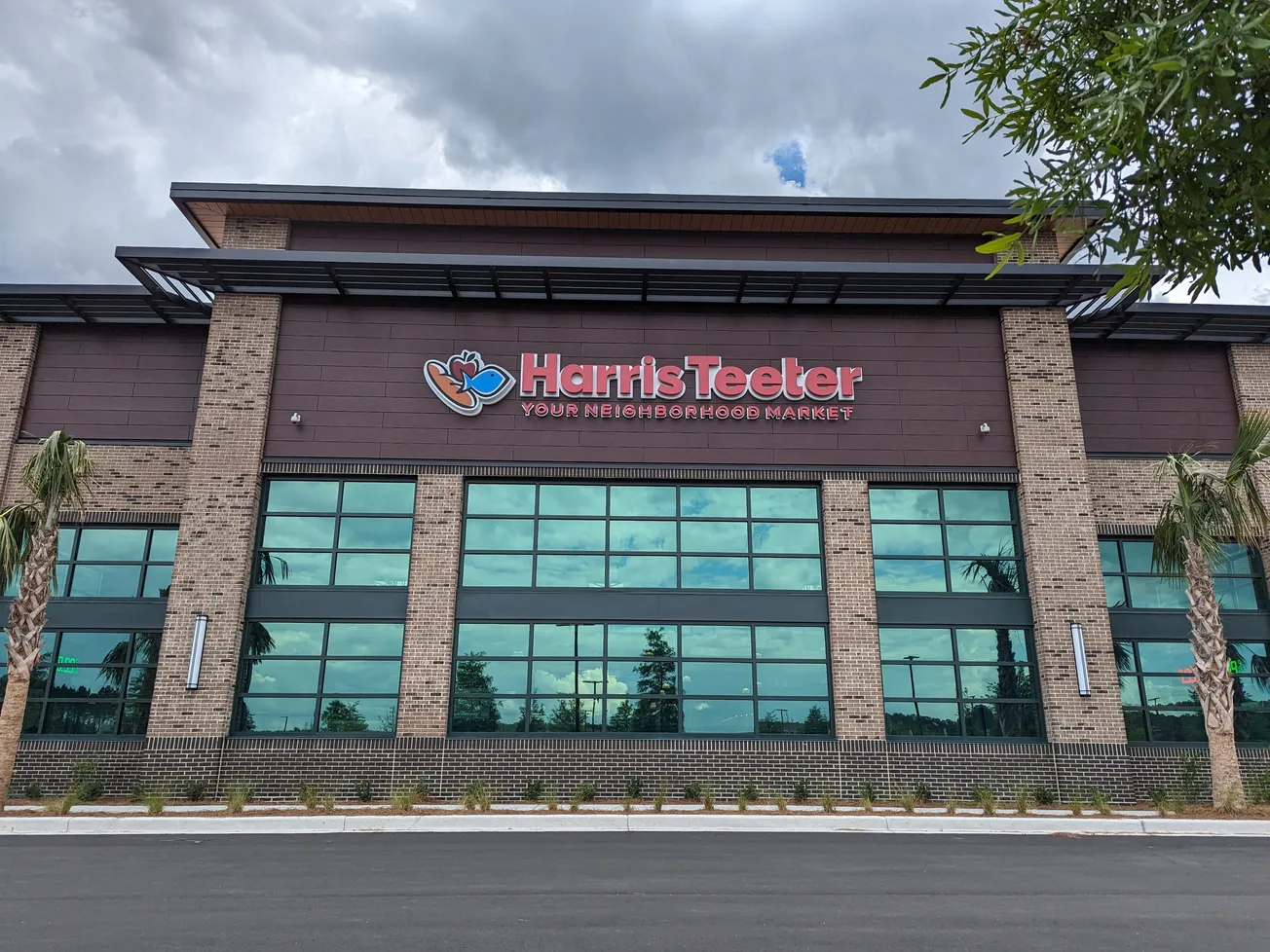This year retailers and shoppers alike were thinking about school supplies before summer was even halfway over.
Kroger, Walmart, Target and Dollar General were among the retailers that announced back-to-school sales in July, with deals on everything from pencils and backpacks to apparel to snacks suitable for school lunches.
Kroger went even further in linking food with back-to-school, with Carlo Baldan, group vice president of center-store merchandising, noting that “we know back-to-school means a reset to the family routine that includes meal planning for breakfast, lunch and dinner," and adding that Kroger aims to have parents “covered from stocking backpacks to packing lunches with the fuel students need to get them through the afternoon and affordable, easy family dinners after a busy day of school, homework and soccer practice."
Most of the deals were designed to save inflation-weary parents money and time. Target offered a 20-for-$20 supplies list, letting parents buy 20 must-have school supplies for less than $20 in total. Walmart offered thousands of back-to-school items available for under $10, and deals on national brand and private label products included Pen+Gear composition books for 50 cents, BIC 10-pack ballpoint pens for $1.77, and Pen+Gear highlighters for 88 cents. Dollar General boasted a wide assortment of school supplies priced at $1 or less, including notebooks, pencils, glue sticks and folders. The retailer also offered a selection of Crayola variety coloring packs for $3 and under, and value-priced backpacks for only $5 each.
“Back-to-school shopping can be stressful for many consumers, especially in this challenging economy,” said Shareeka Meadows, vice president and division merchandise manager for stationery and apparel at Dollar General. “More than ever, our customers are looking for affordability to help them stay within budget, and convenience to save them time.”
The focus on offering back-to-school shoppers more for their money aligns with the findings of a recent study by Deloitte, which found that ongoing perceptions of inflation and a cost-of-living squeeze are projected to keep spending levels essentially flat compared to last year. Based on surveyed parents’ intentions, overall spending is expected to reach $31.3 billion. Parents surveyed expect to spend $586 per student in grades K-12, down just $11 year over year (up $57 compared to 2020).
“We expect back-to-school spending to be flat to down modestly when adjusted for inflation, mainly driven by middle-income families juggling financial priorities and ongoing inflation perceptions,” said Stephen Rogers, managing director of Deloitte Insights Consumer Industry Center. “Retailers can expect headwinds to volume and loyalty as consumers seek to save money.”
At the same time, eight in 10 surveyed parents plan to enroll their children in extracurriculars, spending an average of $582 per child. Three-quarters (73%) consider such an expense an investment in their child’s future.
Retailers’ impulse to offer deals early also matched consumer shopping behavior, according to the annual survey from the National Retail Federation (NRF) and Prosper Insights & Analytics, which found that, as of early July, more than half of back-to-school and college shoppers had already begun B-T-S shopping.
The survey also forecast a flat but still impressive level of spending. Families with children in elementary through high school plan to spend an average of $874.68 on clothing, shoes, school supplies and electronics. This is about $15 less than last year’s record of $890.07 but it is the second-highest amount in the survey’s history. Total back-to-school spending is expected to reach $38.8 billion, which is also the second-highest figure on record, after last year’s high of $41.5 billion.




